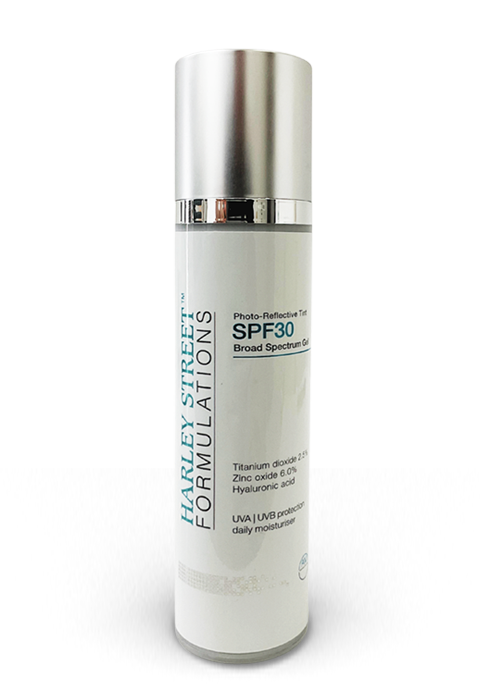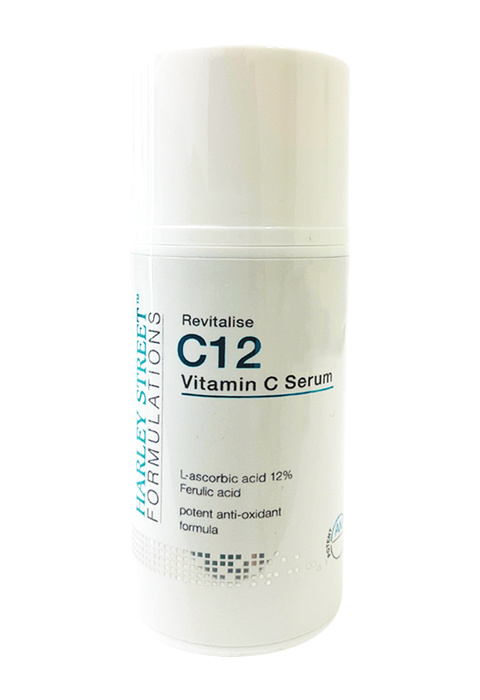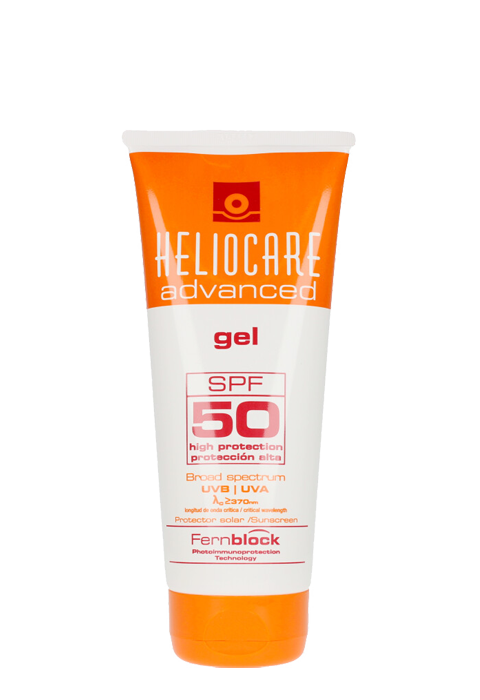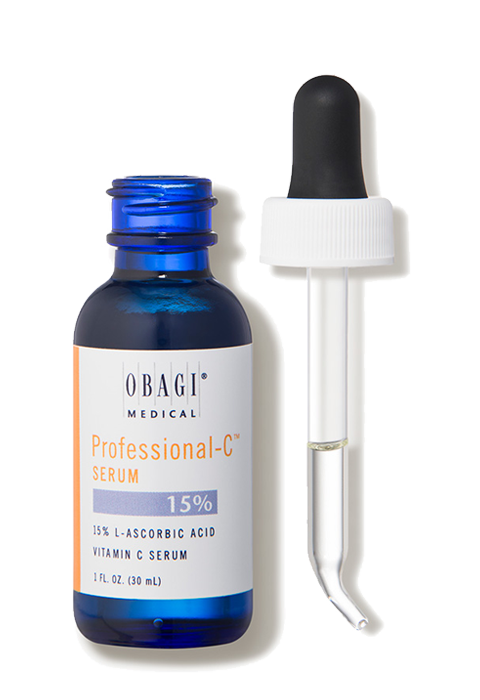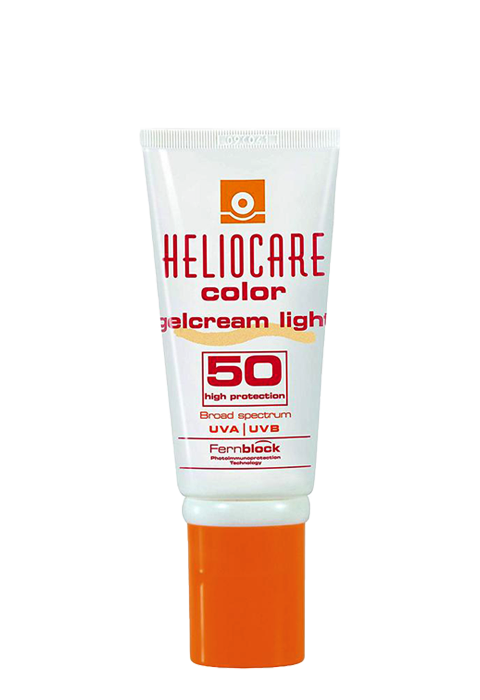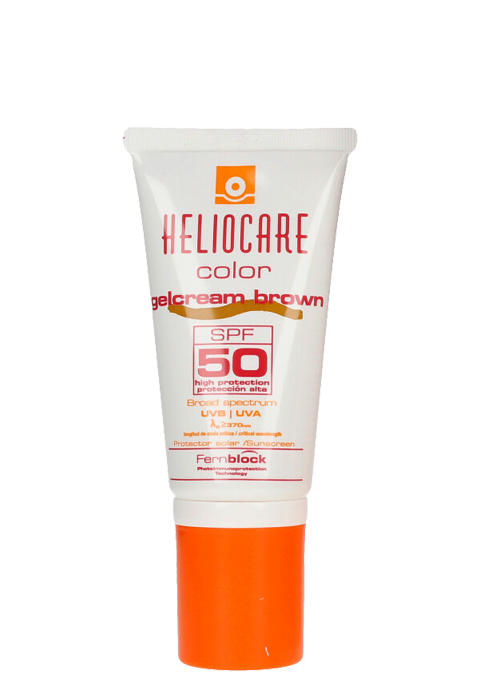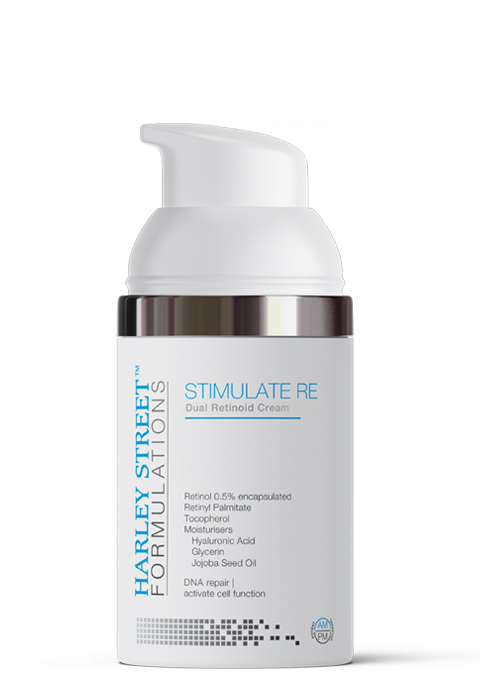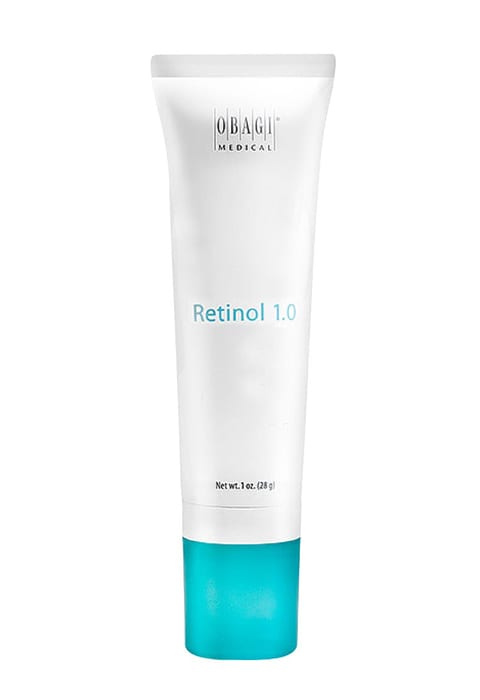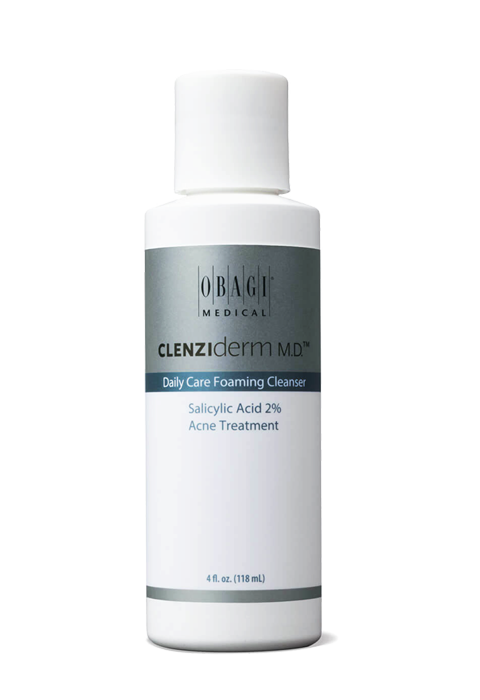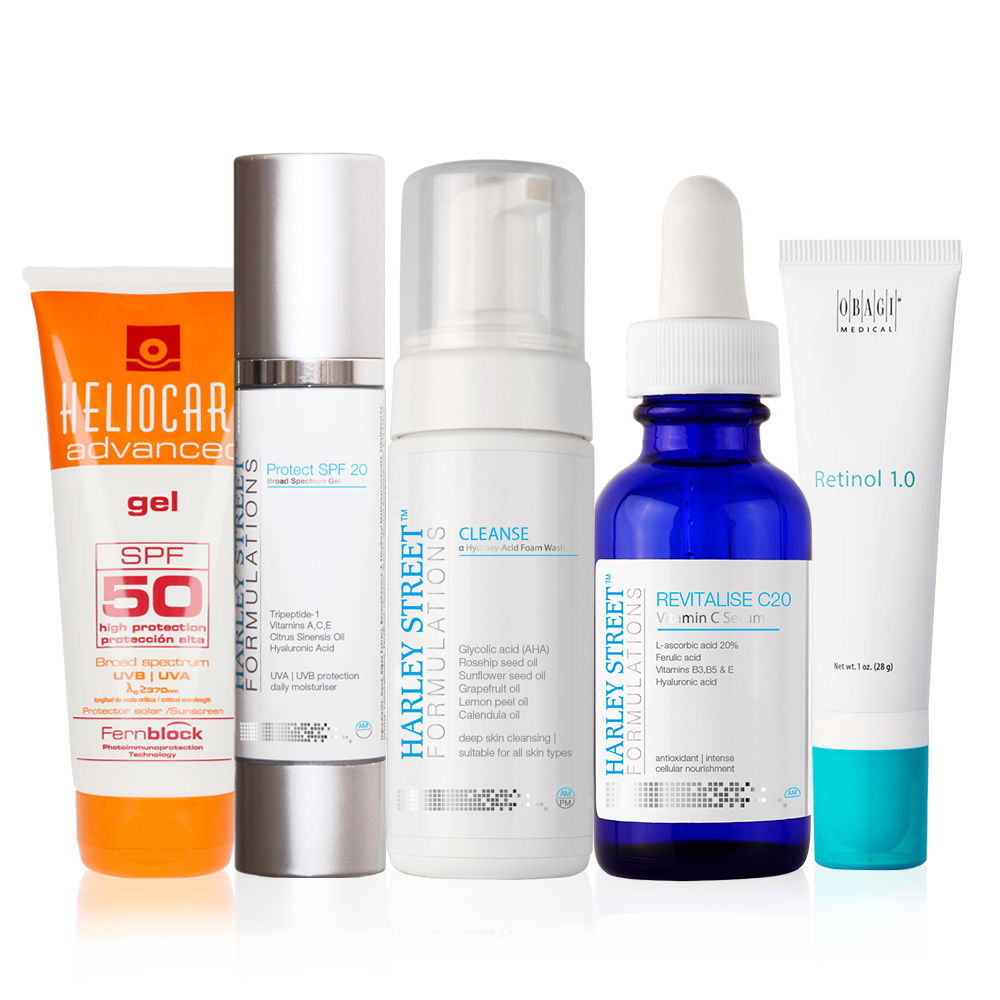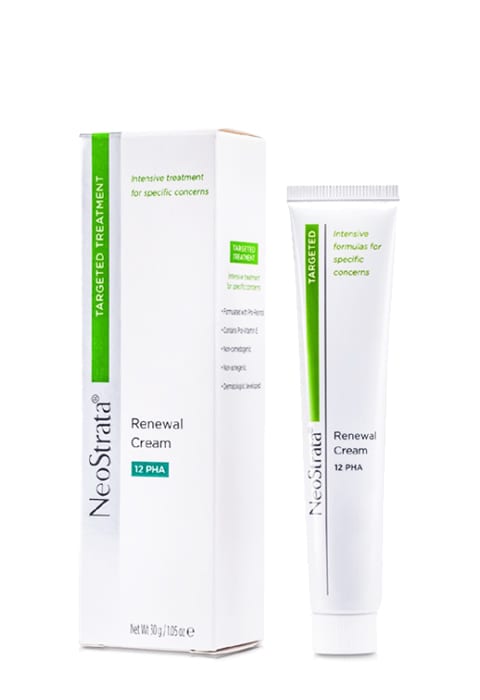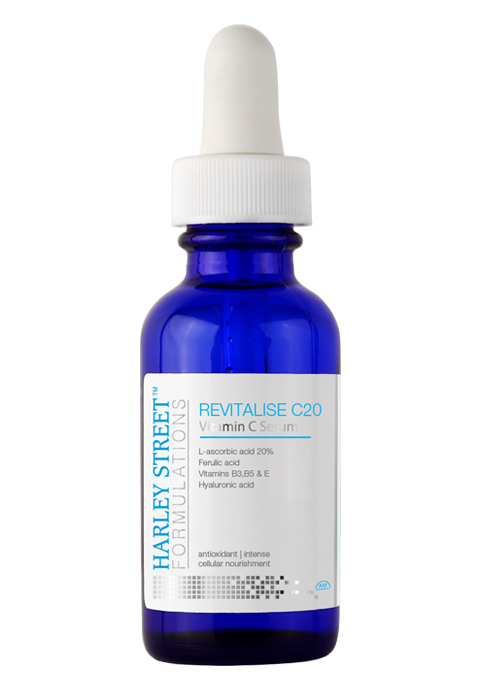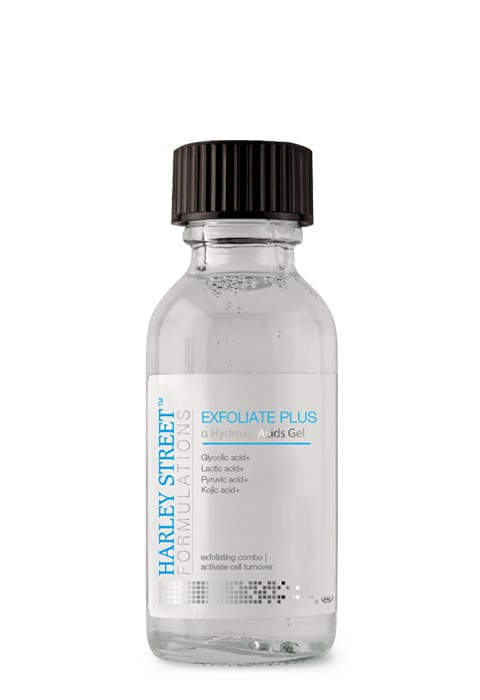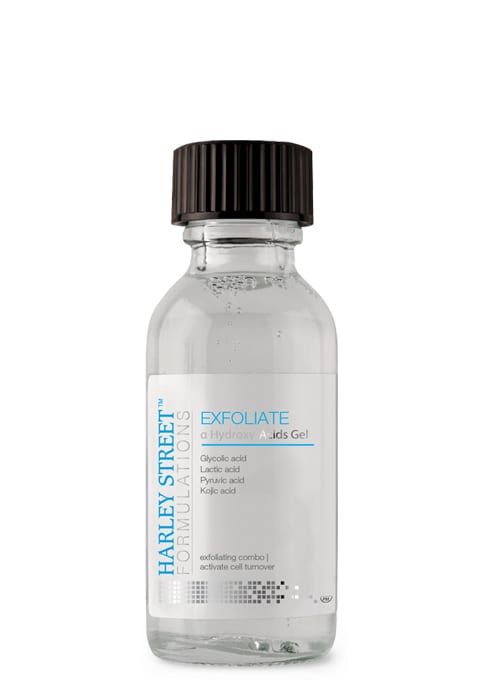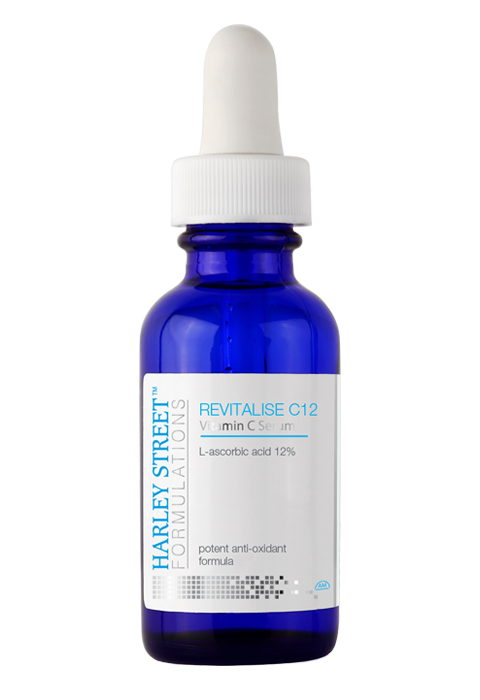-
Injectables
-
Botox -
Dermal
fillers -
Lip Fillers -
Non Surgical
Nose Job -
Chin Filler -
Under Eye Circles
(Tear Trough) -
Non Surgical
Face Lift -
Masseter Botox -
Jawline Filler -
Cheek Fillers - Calf Reduction
- Nefertiti Lift (Platysma) & Turkey Neck Bands
- Bunny Lines (Nose Wrinkles)
- Lip Flip
- Trigger Point Release
- T-Zone Oily Skin
- Dimpled Chin
- Nasal Flaring
- Gummy Smile
- Bruxism / TMJ
- Migraines / headaches
- Neck lines
- Forehead Indentations
- Profhilo
- PDO threads
- Hyperhidrosis (excessive sweating)
- Fat Dissolving
-
-
Skin & Body
-
 V i s i t
V i s i t
- Chemical Peel
- Peel To Reveal Popular
- PRP (Vampire Facial)
- Prescription Grade Skin Care Popular
- Charity A Peel
- Hydrafacial
- Micro Needling (electronic) Popular
- Acne Treatments
- Facial Thread Veins
- Leg Veins (Spider/Thread Vein)
- Skin Tag Removal
- Ageing Skin Concerns
- Hyperpigmentation
- Facial Volume Loss
- Lines & Wrinkles
- Sun Damage
- Stubborn Fat Deposits
- Black Heads & White Spots
- Jawline, Jowls & Double Chin
- Cellulite
- Tired Eyes
- Neck - Lines, Wrinkles & Cords
-
- Glow & Go TM Skin Shop
- Book an Appointment Book
- CosmeShop
- Cosmetic Surgery
- CosmeTalk
-
COSMESURG| Surgical
-
| Professional EducationHARLEY STREET
INSTITUTE -
| Skin CareHARLEY STREET
FORMULATIONS -
GLOW & GO| Skin Bar Clinic
-
COSMETALK| Public Education
-
INJECTABLES
Injectables
-
SKIN & BODY
Skin & Body
-
COSMESHOP
-
COSMETALK
View All Posts
Dermal Fillers Before And After – Get The Better Version Of Yourself Today
It is true! Beauty industry has been revolutionized, aesthetic treatments have been personalized and new beauty… - ABOUT US& Treatment Criteria
Allergic Reactions & Sensitivity to Products
Sensitive skin is usually more reactive than normal skin. People with sensitive skin often experience allergic reactions after they have used a certain product or been exposed to a particular environmental factor. However, allergic skin reactions are not only limited to sensitive skin. Other skin types can also experience them, though less frequently.
Most people mix up the terms sensitised skin with sensitive skin, when in reality both are different. Sensitive skin is natural or something we are born with, while sensitised skin occurs after someone has been exposed to an environmental factor or product. It is important to understand the difference between both of them as 9 our of 10 people are not born with sensitive skin. Instead, they become sensitized later in life. There is always some reason for this sensitisation and it requires a lot of digging.
An allergic reaction is when your skin reacts to a specific product or factor by getting irritated and this shows up in rashes. This means that your immune system has conceived the product as an injurious agent and reacted against it, leading to a rash and irritation.
What Are The Different Types Of Allergic Reactions?
There are two different kinds that people commonly experience – atopic dermatitis and contact dermatitis. Contact dermatitis has two further types but before we dig deep into this, let’s talk about a few basic terms.
What actually is dermatitis? Allergic skin reactions are known as dermatitis. This is a general term for an inflammatory skin condition or disorder. Allergic reactions are a form of dermatitis.
Let’s now see the difference between the various types of dermatitis.
A) ATOPIC DERMATITIS
This is a sub-type of eczema, which affects about 10-20% people worldwide. Eczema is a chronic skin allergy that usually remains for life.
Common symptoms of atopic dermatitis are dry and scaly patches of skin that can itch. Severe eczema can be very painful as it may cause fissures in the skin. Commonly affected sites are the elbows, backs of knees, hands and face. Sometimes, it covers the entire body.
The cause of this skin condition is unknown but people with it usually have a family history of allergies.
B) CONTACT DERMATITIS
Contact dermatitis is another form of allergic skin reactions that is caused by contact. The skin reacts when a certain substance comes into contact with it. There are further two types of this: allergic contact dermatitis and irritant contact dermatitis. Let’s have a brief look at both of them.
1. Allergic Contact Dermatitis
This is a true allergic reaction that is characterised by redness, swelling, hives, itching and warm skin. These are typical symptoms of an allergy that occur when your immune system treats the product or factor as a harmful agent. It, therefore, launches an immune reaction that usually starts 6-48 hours after contact. This normally occurs after you ingest or inhale something but can also occur from something topical (that has direct contact with the skin).
This type of dermatitis is not a sudden reaction but occurs over the course of months, or even years. For example, you may eat seafood, use perfume or wear jewellery for years with no problem. Then, you suddenly develop a full-blown allergic reaction to one of these substances.
This reaction is triggered when your skin comes into contact with an agent repeatedly over time. However, once the allergy has manifested itself, it will happen again and again if you keep exposing your skin to the allergic factor.
Now, you must be thinking that as your skin is repeatedly coming into contact with many things, how come it doesn’t react all the time? Well, your immune system decides what it will react against, and only starts the allergic reaction only against agents that it finds harmful.
Here is the list of some common allergens that cause allergic contact dermatitis.
- Skin care products
- Cosmetics
- Fragrance
- Preservatives
- Detergents
- Dyes and colourants (especially red)
- Fabrics
- Jewellery (e.g. nickel)
- Plants (e.g. poison ivy)
- Seafood
- Peanuts
The number one allergen in cosmetic products is fragrance.
2. Irritant Contact Dermatitis
This type of reaction occurs after the skin is exposed to an irritant. An example of this is a caustic chemical but it could be anything, even the things that can cause allergic contact dermatitis. Symptoms of this problem include redness, stinging, itchiness, swelling or even a chemical burn.
The major difference between irritant contact dermatitis and allergic contact dermatitis is time. As we learnt earlier, allergic contact dermatitis occurs after repeated exposure over a long period of time, which can sometimes be years. Irritant contact dermatitis occurs immediately, often within the very first hour of exposure to the irritant.
This is a localised reaction that only occurs at the site of exposure and the reaction subsides once the triggering factor is removed. The skin becomes dry, flaky, scaly and cracked at the site. Irritant contact dermatitis will go after the affected skin repairs itself, if there is no continued exposure to the irritant.
Irritant contact dermatitis is known as a sensitised reaction. It is not a true allergic reaction because the immune system is NOT involved. The common irritants involved in this type of reaction are the same that cause allergic contact dermatitis. The only difference is that it is not caused by foods like seafood and peanuts.
How Do You Know Which Type of Dermatitis You Have?
As explained earlier, the difference lies in the time it takes to react. If you react immediately to a product after applying it, it is irritant contact dermatitis. If it takes longer for your skin to react – anything between a few hours to 2 days – it is most likely to be allergic contact dermatitis.
Do Skin Products Cause Dermatitis?
Cosmetics is the most common cause of dermatitis or skin allergic reactions. Cosmetic products that you use daily contain many chemicals that your skin can react to. There are three major reasons for reactions to cosmetic ingredients.
1- Some cosmetic ingredients, such as sulfates or SD alcohol, are harsh to the skin when present in a large amount and they can lead to allergies.
2- Many plant-based (botanical) ingredients are sensitizing and so cause reactions.
3- A low or high pH product also irritates the skin by disrupting the skin’s natural pH balance and causes the allergy to occur.
How Do I Avoid Cosmetic Product-Related Skin Allergies?
The chemicals contained in cosmetics lead to allergic reactions when:
1- You try on too many new products at once. For example, when you change your routine drastically with new products.
2- You try new products too frequently. For example, you use different samples every night. This is very common for beauty junkies.
So the key to keeping your skin safe from an allergic reaction is to adopt a mild and constant skincare routine. Your healthy skin is in a state of homeostasis, i.e. balance. This is attained over time and in accordance with your appropriate skincare regime. When you change your skincare regime all at once, this balance will be disrupted, leading to reactions.
Whenever you buy new skincare products, don’t impose them on your skin all at once. Instead, introduce a single product at a time during your skincare regime. This will not only allow your skin to adjust, but also help you to find out the culprit if some reaction occurs.
So try your new product for a few days before you add another new product. A bad reaction will usually be obvious within 24-48 hours, but sometimes it may not surface for a few days or even weeks.
Further Reading from Skin Ed
CosmeTalk Articles
2
I had a botox treatment with cosmodocs. I found the price very reasonable. Even better the results were excellent. I will definitely use this service again.” – BH
3
I am a very satisfied customer of Cosmedocs – I’ve had three facial areas treated with Anti-Wrinkle Injection at CosmeDocs in recent years, and find the treatment swift, thorough and effective. Also, Dr Haq’s pleasant and friendly manner makes the treatment as painless as possible!” – CFSP

-See more products











